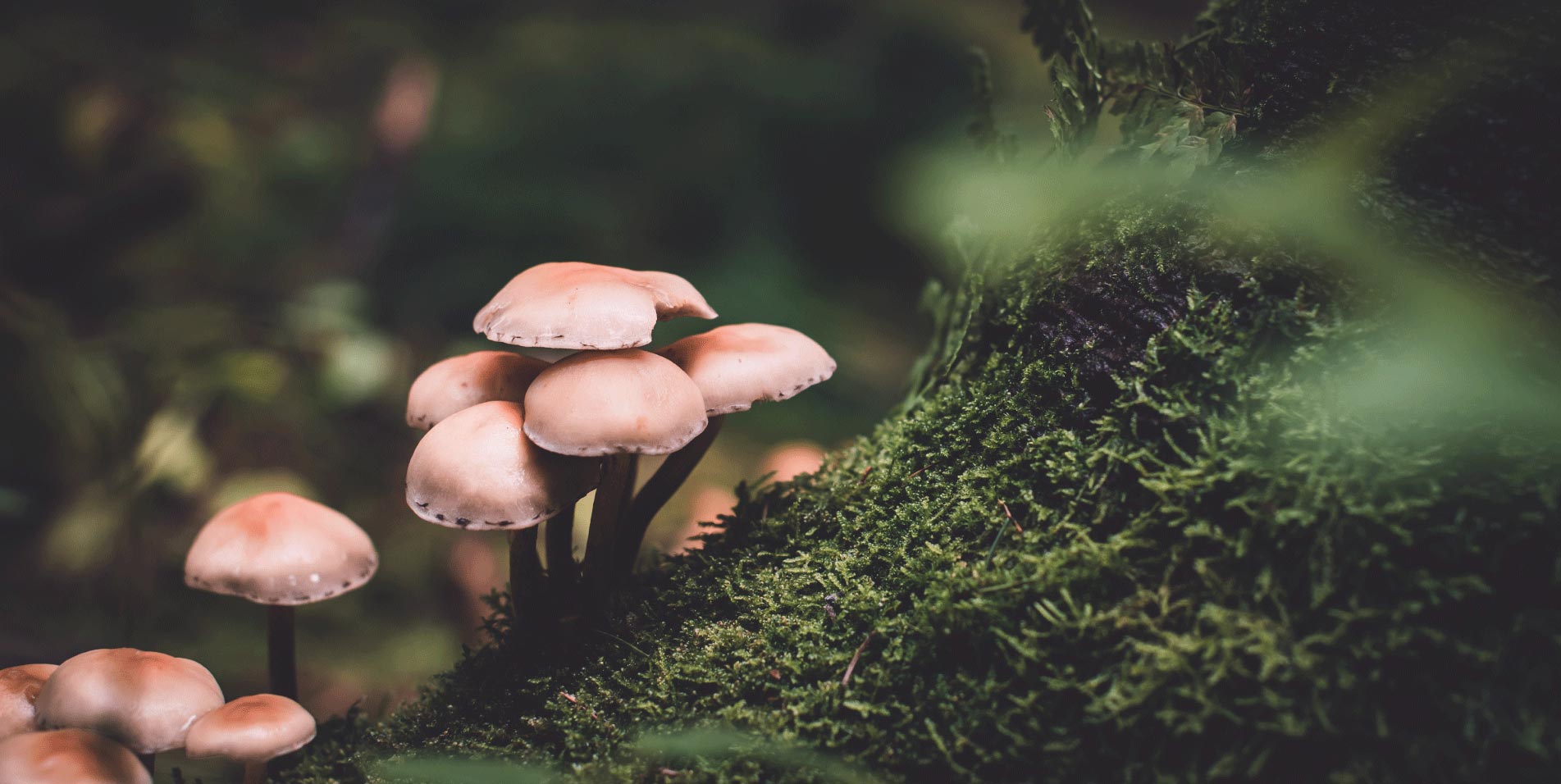
Fungi
More than 100,000 specimens
Mycology is the study of fungi, including genetic and biochemical properties, taxonomy, their use as food and medicine as well as their toxicity. Lichenology is a branch of mycology, focusing on lichens, the symbiotic organisms made up of alga and fungus. Bryology is often studied along with lichenology due to the similar appearance and ecological niche of lichens and bryophytes (mosses, liverworts, and hornworts) even though they are not classified in the same kingdom.
The Bell Museum’s fungal collections date from the 1880s and consist of approximately 100,000 specimens, plus more than 160,000 lichens. About 10% of the specimens are of Minnesota fungi; the remainder are from North America and elsewhere.
Intensive scientific investigation of Minnesota fungi occurred from about 1885 to 1910 supported by the Geological and Natural History Survey of Minnesota. Collections made between 1910 and 1960 focused on plant disease fungi. Renewed interest in documenting fleshy fungi began in the 1960s and has expanded in recent years with the increased emphasis on the analysis of biodiversity. The type collection includes a significant number of North and South American Pucciniales, as well as other fungi.
Minnesota Biodiversity Atlas
The Minnesota Biodiversity Atlas is a searchable, public map showing where Bell Museum animal, plant, and fungal specimens have been found and collected. The Atlas focuses on Minnesota, the meeting place of three of the world’s largest terrestrial ecosystems: eastern broadleaf forests, tallgrass prairies, and coniferous forests. It also represents moments in history before key changes occurred to the landscape, environment, and climate.
What’s most exciting, scientists will use the data in the Atlas to forecast where ecosystems and their associated species may be found in the future.



